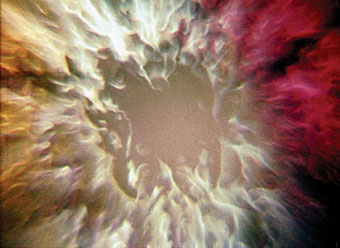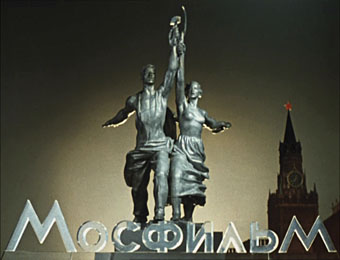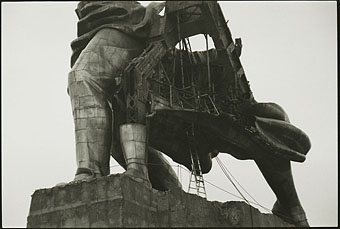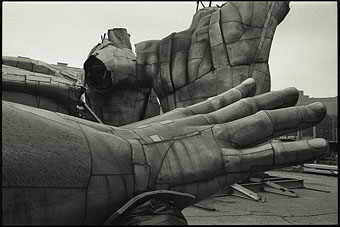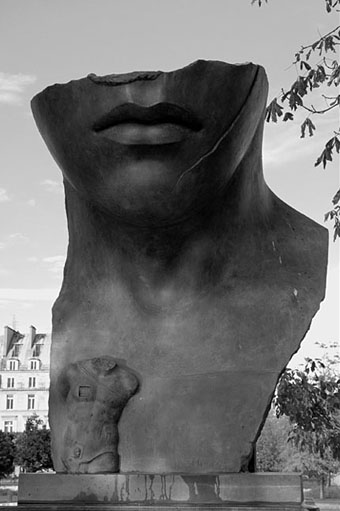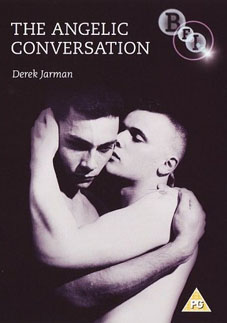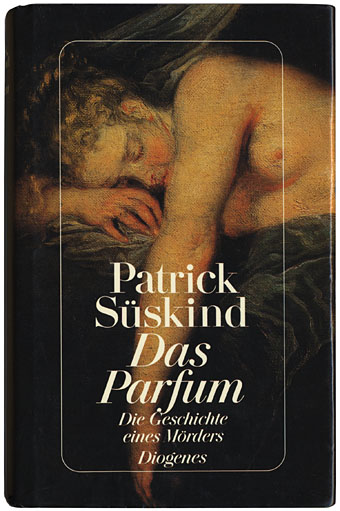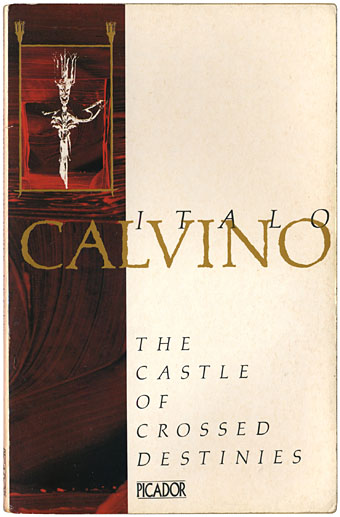
The Castle of Crossed Destinies (1986).
The Brothers Quay are known mainly for their incredible animated films but in the 1980s they were also working as book illustrators and stage designers. Today’s secondhand find was one of their paperback designs for Italo Calvino, part of a series they produced for Picador when the books were reprinted after his death. This is the first time I’ve seen this edition of The Castle of Crossed Destinies, it seems to be more common in an earlier version showing some of the Tarot cards that appear inside the book and which inspire its tales.
Information about this aspect of the Quays’ work is virtually non-existent so I’ve yet to discover how many covers they did in this series. Or, indeed, whether their later Abacus cover (below) was a reprint of the early designs or a new one altogether. Picador had a great run of covers in the 1980s, some of which can be better than the books they decorate. But more often than not they hit on a great design and a great book, as with these pairings.
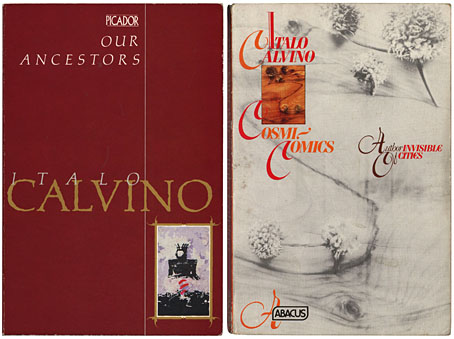
left: Our Ancestors (1986); right: Cosmicomics (1987).
Elsewhere on { feuilleton }
• The book covers archive
• The Quay Brothers archive
Previously on { feuilleton }
• Tressants: the Calvino Hotel

